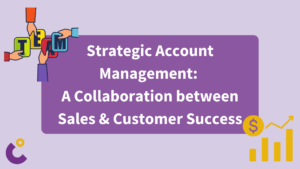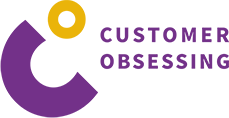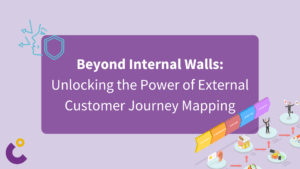
Maximizing Purpose: A Leadership Growth Hack
First Published: March 9, 2016
When I first joined Lifesize, my days were filled with answering questions and making decisions for people. One of the very first things I realized is that my teams were not empowered to make their own decisions. And to drive a customer-obsessed culture, one of the most important ingredients is to empower employees. Empowerment drives innovation, customer-obsession, and all of the things that lead to long term growth and success; plus it makes employees feel really great! I realized that I needed to help empower my team, as we had not yet defined our core values, which serve as a decision-making framework.
Guiding Principles for Employee Empowerment
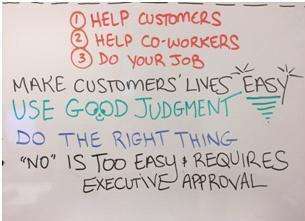
So on the white board behind and to the left of where I sit, I wrote the following “guiding principles”. And every time someone came to ask me a question, I would point to one of the five guiding principles. And over the period of a few weeks, amazingly, there were fewer questions. The team was starting to realize that it was okay to make their own decisions and that we knew they were smart and capable (I mean that’s why we hired them after all). And if one of those decisions didn’t work out exactly as they anticipated, that was okay. After all, the only way we learn is by making mistakes. Make mistakes, fail fast and make course corrections; this is how we get better over time but if never given the chance to do that, we don’t grow.
As a leader, I subscribe to Gallup’s philosophy that my job is to help individuals on my team identify and maximize their purpose. Our team members are hired because they have customer service in their DNA. Once someone comes on board, I help them get specific on how to tap into that DNA on a daily basis.
Match Employees Resonsibilities to their strength & passion
I’m also a huge fan of Gallup’s Strength Orientation Index to determine a person’s unique attributes. For example, people who are good at big ideas aren’t always good at selling them. Decades of research have proven that employees are far more engaged when their responsibilities match their passions. With everyone’s Gallup profile on hand, I’m much better able to create subgroups to drive particular initiatives forward and the team knows exactly who to partner with when trying to solve problems for customers, work on a project, etc.
Core principlies from Fish! A Proven Way to Improve Morale and Boost Results
There’s one final piece to building a Dream Team of Maximizers. One of my all-time favorite resources is the pivotal book Fish! A Proven Way to Improve Morale and Boost Results, by Stephen Lundin, Harry Paul and John Christensen. I give it to all my team leaders because it boils down effective performance to four core principles:
1.Choose your attitude. Attitude affects everyone. Always. You and only you choose your attitude each and every day.
2.Play. Especially in customer service, most of the time, customers are not calling you to tell you they had an amazing experience. Some will be upset. If we’re not able to bring an atmosphere of caring, understanding and levity to these situations, things can get grueling. And really it’s up to leadership to create an environment where staff can remain in good spirits, even as they bring the most difficult customers out of the weeds.
3.Make someone’s day. The best part of working in customer service is that we get to serve others and this presents so many opportunities to impact people’s lives in a positive way. For example, we once had a customer who remained extremely patient with us despite a persistent problem that would have caused others to lose composure pretty quickly. I encouraged the team to learn more about this man, to discover his interests and hobbies. We used this insight to purchase a gift. Not only was the customer elated, the gesture fostered a sense of good will within the team and made us more collaborative on the whole. If you remember back to your youth and even as adults, some of the most special moments arise from the element of surprise and kind gestures. It doesn’t take much, even something as simple as kind words, to make someone’s day.
4.Be present. We use video as much as possible for our customer service calls. This allows us to have a more human connection with our customers. I think the art of connecting in today’s day and age is somewhat lost behind our keyboards and the telephone. Communication is 70% body language so how is it possible for us to understand, I mean really understand, what people are telling us if we can’t see them and take full advantage of that 70%. Having a face to face conversation with someone immediately reminds you that they are a person, just like you, with feelings and emotions. When customers see that, it helps to foster a kinder and more meaningful interaction. It also allows them to see the level of care in our team members so they know we are fully committed to helping them. Video allows us to have a much more meaningful connection with our customers and is one of the ways we are able to bring them closer into our family.
Empowered Employees for success – happy employees lead to happy customers
Ultimately there’s no denying the strong connection between happy employees and happy customers. We’ve made changes to our culture here at Lifesize to promote this connection. Our open office environment is a great example of how we’ve instilled a sense of collaboration and playful energy that is positively infectious. Our customers can hear and see the smiles on our faces, and this makes them feel excited to be a part of our family. To be fully effective, my team leaders and I have inspired a group of people to bring their passions to bear for our customers. With a fully empowered front line, we’ve set the stage for fundamental, transformational growth for the business.
This might also interest you


Beyond Internal Walls: Unlocking the Power of External Customer Journey Mapping
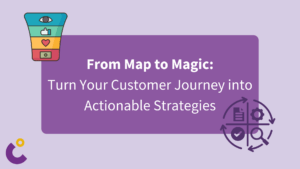
From Map to Magic: Turn Your Customer Journey into Actionable Strategies
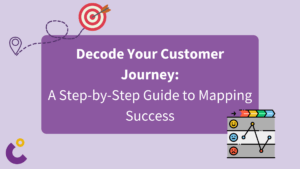
Decode Your Customer Journey: A Step-by-Step Guide to Mapping Success

Beyond the Score: Transforming Net Promoter into a Growth Engine – Net Promoter System
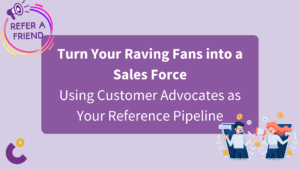
Turn Your Raving Fans into a Sales Force: Using Customer Advocates as Your Reference Pipeline
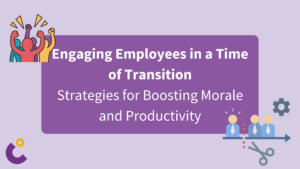
Engaging Employees in a Time of Transition: Strategies for Boosting Morale and Productivity
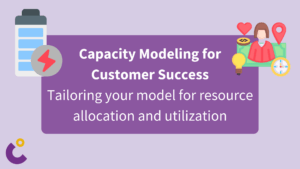
Capacity Modeling for Customer Success
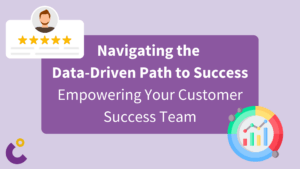
Data Driven Customer Success
